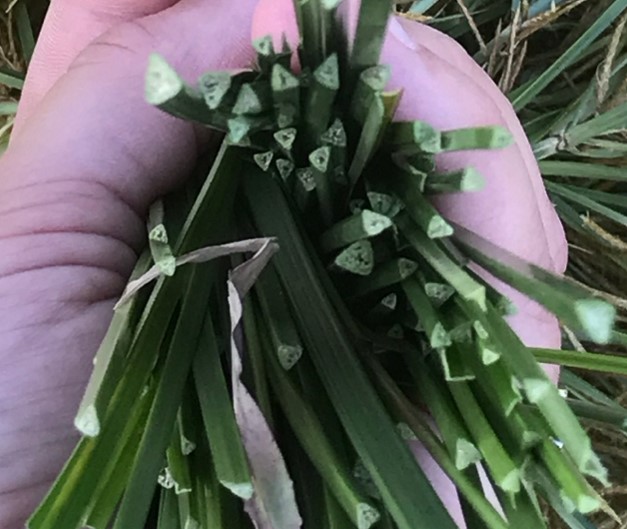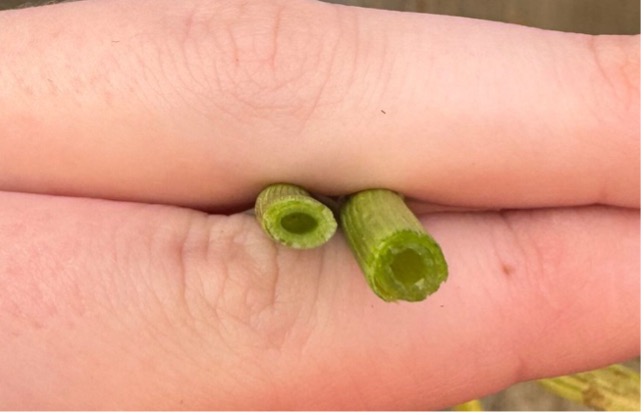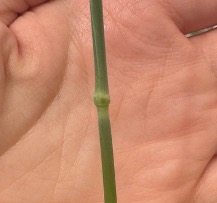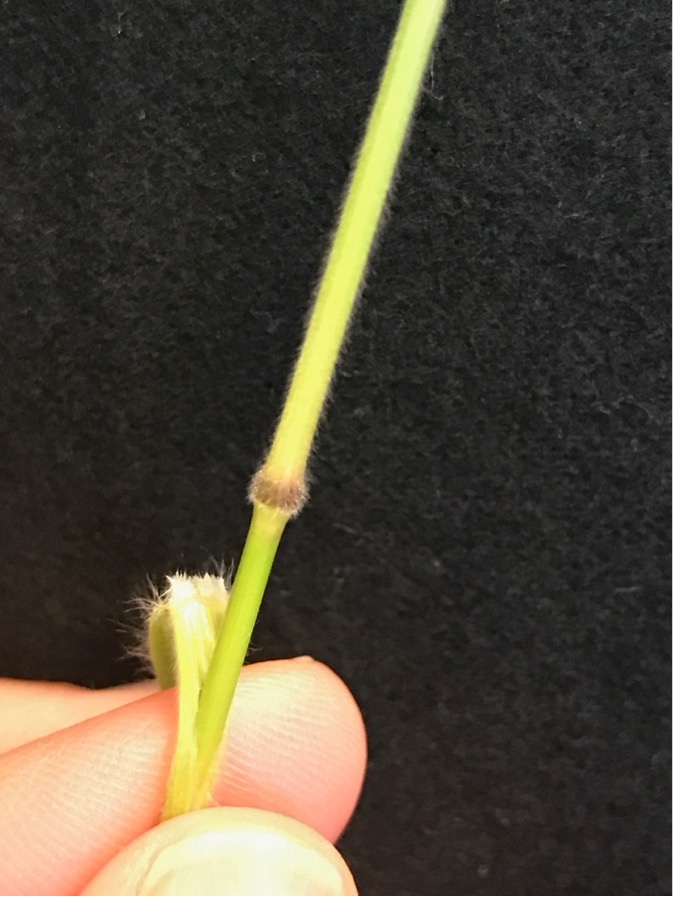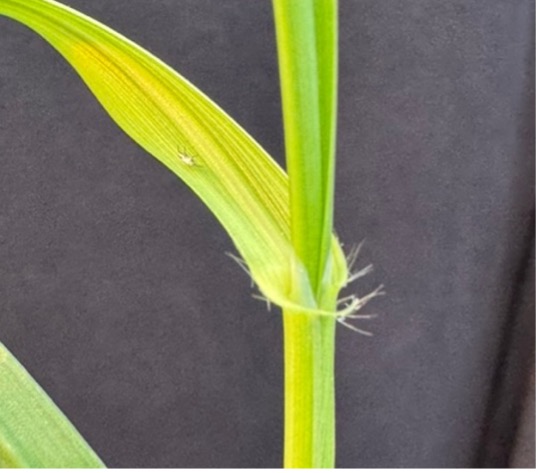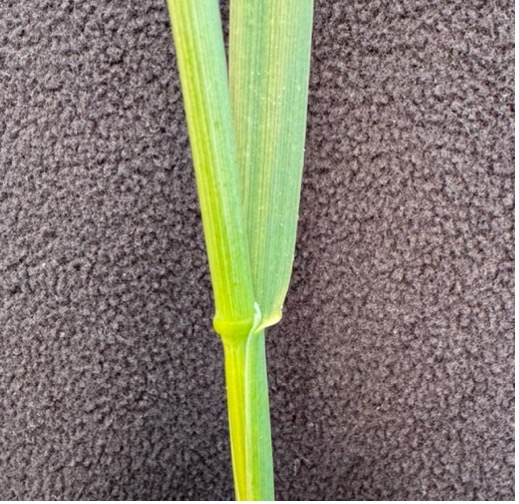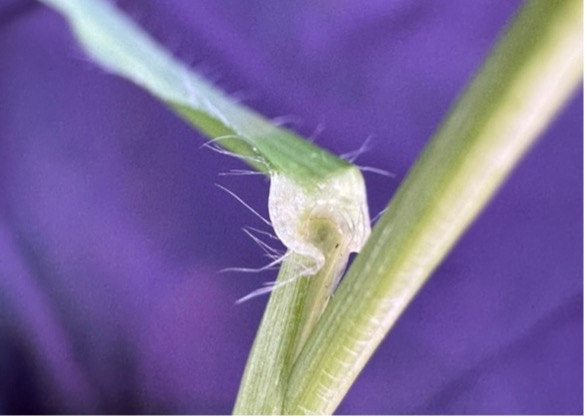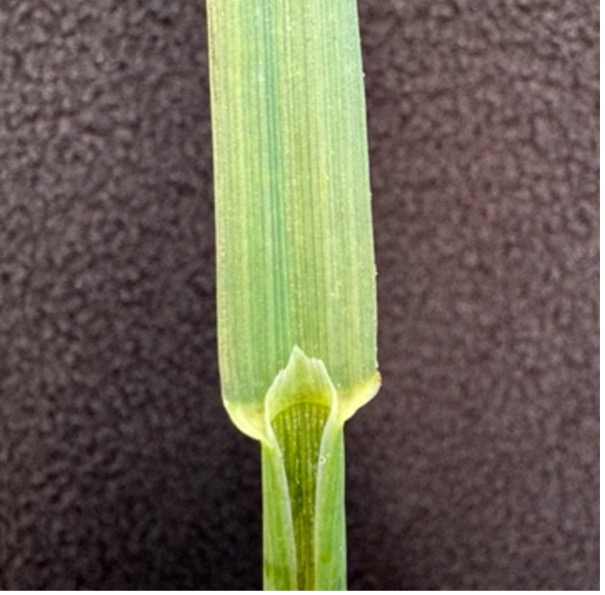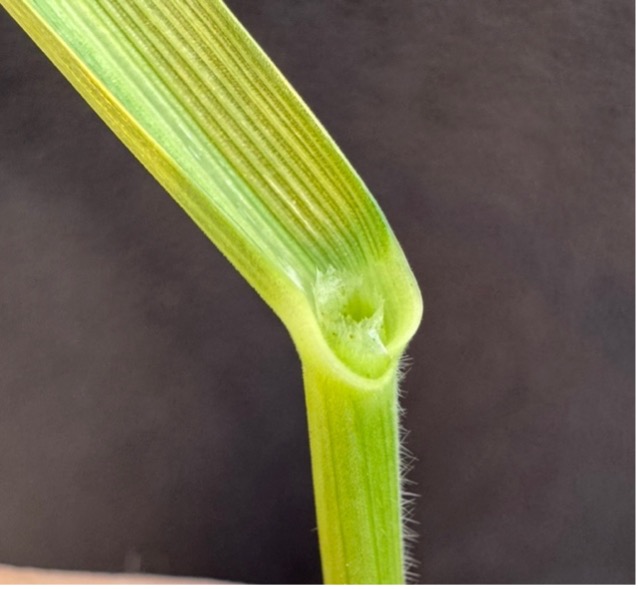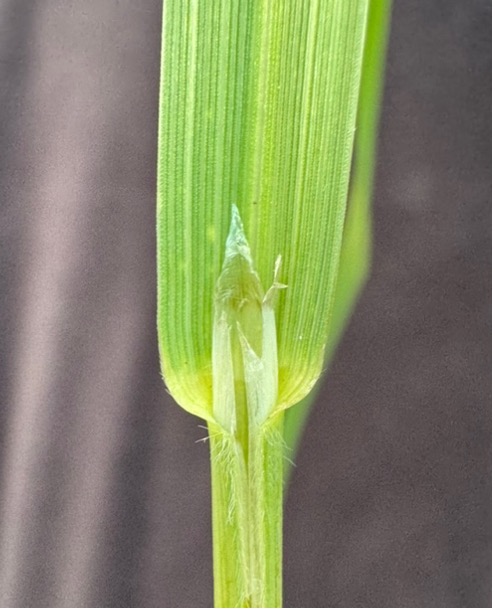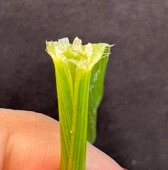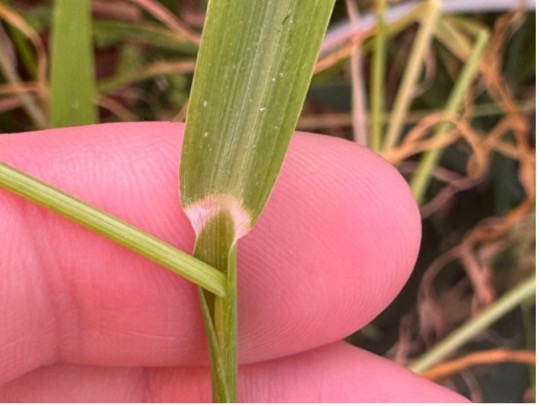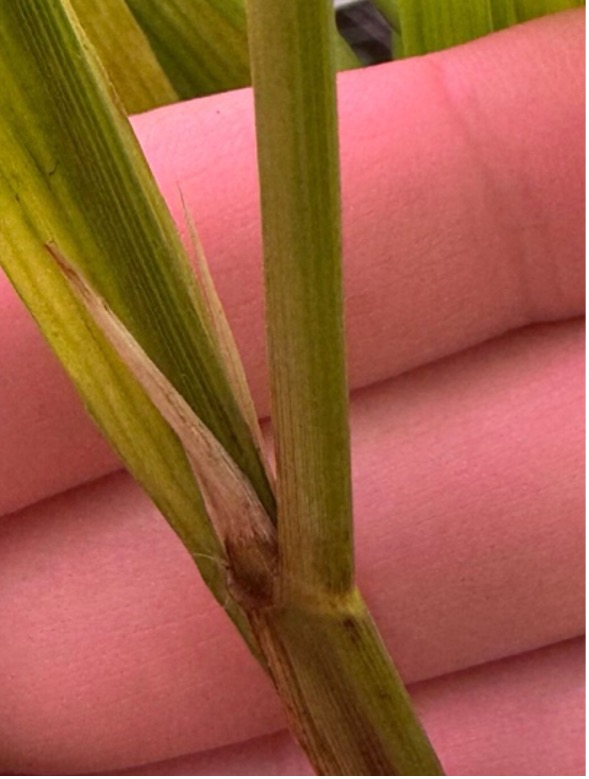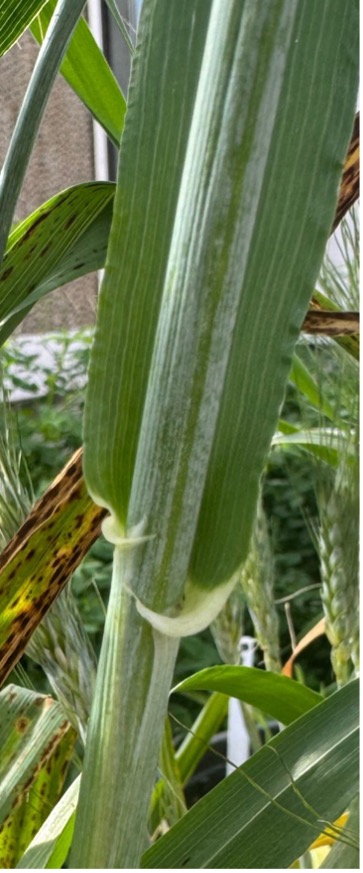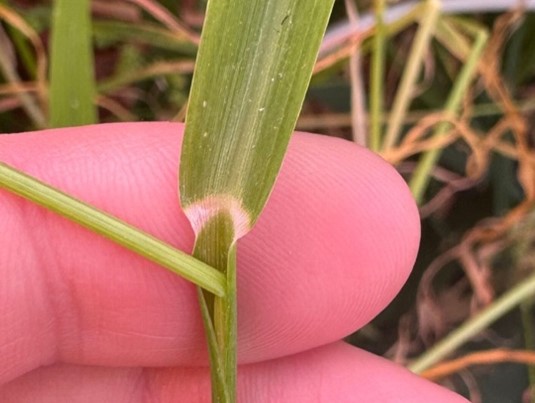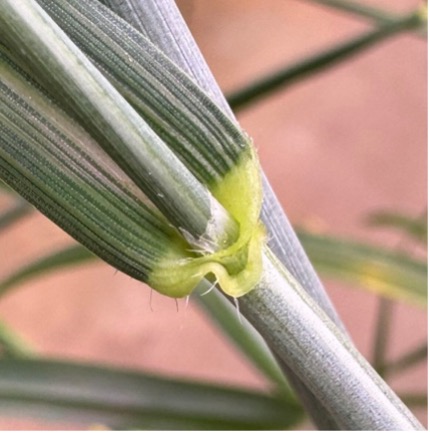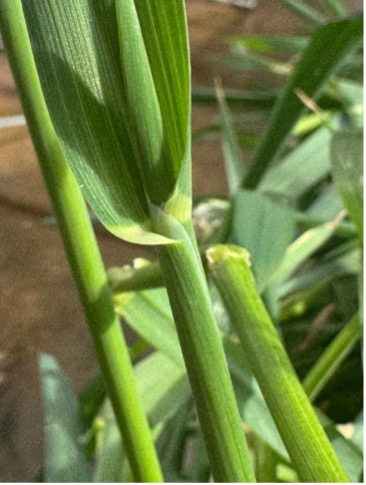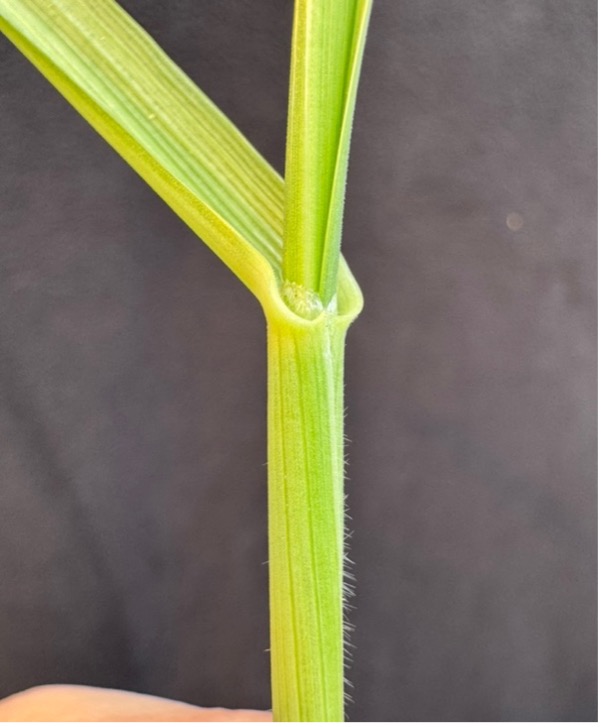How to Identify Common Grasses
Vocabulary
- Auricles: small, claw-like projections that appear in pairs where the leaf blade meets the leaf sheath in many grass species
- Blade: broad, flat part of the leaf
- Collar: transition zone where the leaf blade meets the leaf sheath
- Glabrous: lacking hair
- Ligule: small structure found at the junction where the leaf blade meets the leaf sheath on the inside surface of a grass leaf
- Monocotyledonous: or monocot, refers to a group of flowering plants that have one cotyledon
- Poaceae: grass plant botanical family
- Pubescent: hairiness
- Sheath: the lower part of a grass leaf that wraps around and encloses the stem of the plant
Grasses are one of the largest plant families, with more than 11,000 species. Grasses are found in the Poaceae family and are monocotyledonous flowering plants. It is important to understand the features of grass plants for many reasons. The livestock industry can use grass identification tools for pasture and hay production, forage quality analysis and poisonous grass identification. This factsheet will describe parts of the grass plant that can be helpful to use in identification practices.
Figure 1. Sedges have a triangular stem. Sedges (Cyperaceae sp.) are not a true grass.
Stems
A stem is the main structural axis that supports the leaves, flowers and seeds. Stems have many characteristics. Grass stems are divided into sections by nodes and internodes and come in many shapes, including rounded, flat and triangular.
Figure 2. Hollow inside of flat and circular grass stems. Flat stems can be found on barnyardgrass (Echinochloa crusgalli), rice (Oryaza sativa) and rescuegrass (Bromus catharticus).
Figure 3. The node, also known as joints, are swollen portions found on the stem. This is a smooth stem.
Collar
The leaf collar allows the leaf blade movement while maintaining structural integrity, it provides flexibility for the leaf to respond to environmental conditions. Components of the leaf collar include ligules, auricles and collar proper (the actual band of tissue at the collar). Characteristics used for identification at the leaf collar are color, shape and texture. The color of leaf collars is often lighter or darker than surrounding tissue. Leaf collar texture can vary from smooth, hairy or rough. The prominence of a leaf collar can also be helpful in identification, being able to de- scribe if the leaf collar is apparent or hidden.
Figure 4. Darker node with hairy stem (pubescent) found on Japanese Brome (Bromus japonicus).
Figure 5. Hairy leaf collar region of wheat (Triticum aestivum).
Figure 6. Smooth leaf collar region of oat (Avena sativa).
Ligule
The ligule prevents water and debris from getting between the leaf sheath and stem, and it can help direct water down the plant. Characteristics of ligules vary significantly between grass species. Different types of ligules include membranous, hairy and absent. A membranous ligule is a thin clear or whitish tissue projection. Hairy ligules appear as fringe or a row of hairs. Some grasses are lacking ligules entirely. Ligules can range from very short to several millimeters long. They can have a squared off, pointed, rounded, or irregularly torn or split shape. Their texture also varies from smooth, fringed, serrated, frayed and split.
Figure 7. Lighter colored collar than leaf blade on jointed goatgrass (Aegilops cylindrica).
Figure 8. Membranous and pointed ligule of oat (Avena sativa).
Figure 9. Small and serrated ligule of rye (Secale cereale).
Figure 10. Long membranous, pointed and split ligule of rescuegrass (Bromus catharticus).
Figure 11. Membranous ligule of triticale (x Triticosecale).
Figure 12. Absent ligule unique to barnyardgrass (Echinochloa crusglli).
Figure 13. Split ligule of rice (Oryza sativa).
Auricles
Auricles help support the leaf blade as it extends away from the stem, and in some cases, they may help move water down the leaf sheath. The presence, absence and characteristics of auricles are important features used in identification and vary among grass species. Auricles can be large and clasping (arm-like, wrapping around the stem), small and claw-like, and absent entirely.
Figure 14. Large claw-like auricles of barley (Hordeum vulgare).
Figure 15. Absent auricles of barn- yardgrass (Echinochloa crusgalli).
Figure 16. Clasping auricles of wheat (Triticum aestivum).
Sheath
A leaf sheath is the lower part of a grass leaf that wraps around and encloses the stem. It extends from the node upward to the point where the leaf blade emerges. The sheath provides support and protection for developing leaves, strengthens the stem and can participate in photosynthesis. The structure of a leaf sheath is usually cylindrical or rolled but can be folded on certain grasses. Sheath’s can be open with leaf margins visibly overlapping or closed with margins fused. The structure varies in length depending on the grass species. Identifiable features for a leaf sheath include texture (smooth, hairy, rough), color (often different from leaf blade), presence or absence of midrib and length relative to internodes.
Figure 17. Overlapping non-fused sheath.
Figure 18. Fused leaf sheath.
Figure 19. Hairs (pubescence) present on the leaf sheath in rye (Secale cereale).

